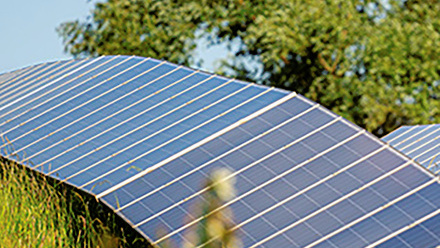Critical minerals essential for net-zero targets, report says
New research from International Energy Agency shows ramp-up of technologies required to reach ambitious goals

Supplies of critical minerals essential for key clean energy technologies like electric vehicles and wind turbines need to pick up sharply over the coming decades to meet the world’s climate goals, creating potential energy security hazards that governments must act now to address, according to a new report by the International Energy Agency.
The report, The Role of Critical Minerals in Clean Energy Transitions, recommends six key areas of action for policy makers to ensure that critical minerals enable an accelerated transition to clean energy rather than becoming a bottleneck.
It outlines the mineral requirements of an energy system powered by clean energy technologies differ profoundly from one that runs on fossil fuels. A typical electric car requires six times the mineral inputs of a conventional car, and an onshore wind plant requires nine times more mineral resources than a similarly sized gas-fired power plant.
'Today, the data shows a looming mismatch between the world’s strengthened climate ambitions and the availability of critical minerals that are essential to realising those ambitions,' said Fatih Birol, Executive Director of the IEA. 'The challenges are not insurmountable, but governments must give clear signals about how they plan to turn their climate pledges into action. By acting now and acting together, they can significantly reduce the risks of price volatility and supply disruptions.'
According to the report, demand outlooks and supply vulnerabilities vary widely by mineral, but the energy sector’s overall needs for critical minerals could increase by as much as six times by 2040, depending on how rapidly governments act to reduce emissions.
The findings were built on modelling tools to establish a database showing future mineral requirements under varying scenarios that span a range of levels of climate action and 11 different technology evolution pathways. In climate-driven scenarios, mineral demand for use in batteries for electric vehicles and grid storage is a major force, growing at least thirty times to 2040. The rise of low-carbon power generation to meet climate goals also means a tripling of mineral demand from this sector by 2040. Wind takes the lead, bolstered by material-intensive offshore wind. Solar PV follows closely, due to the sheer volume of capacity that is added. The expansion of electricity networks also requires a huge amount of copper and aluminium.







